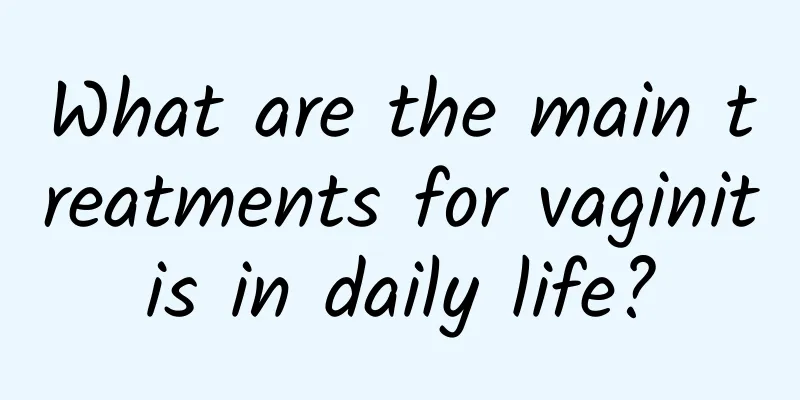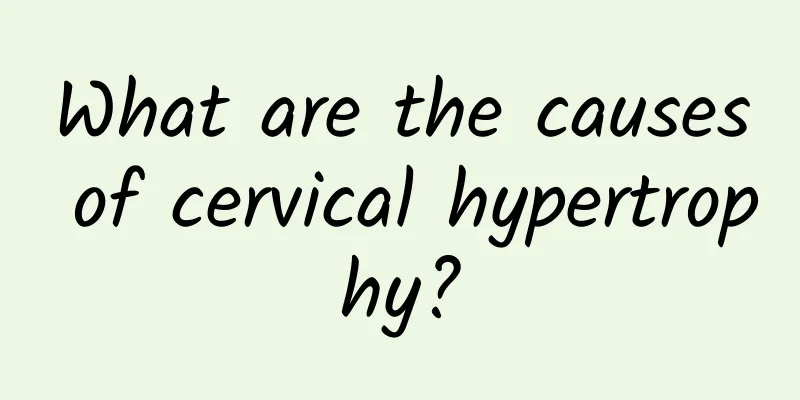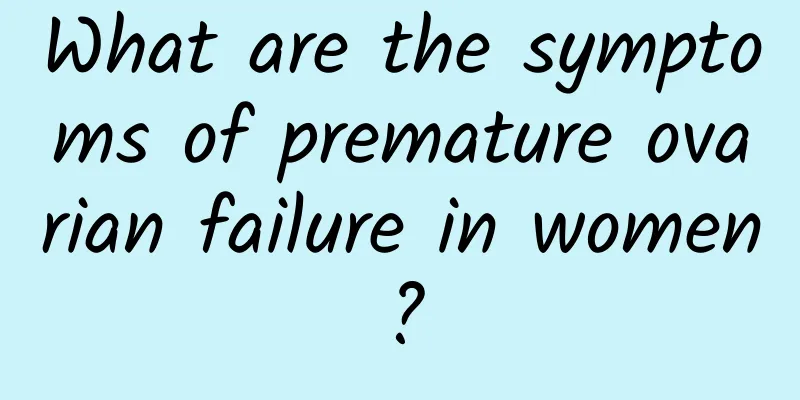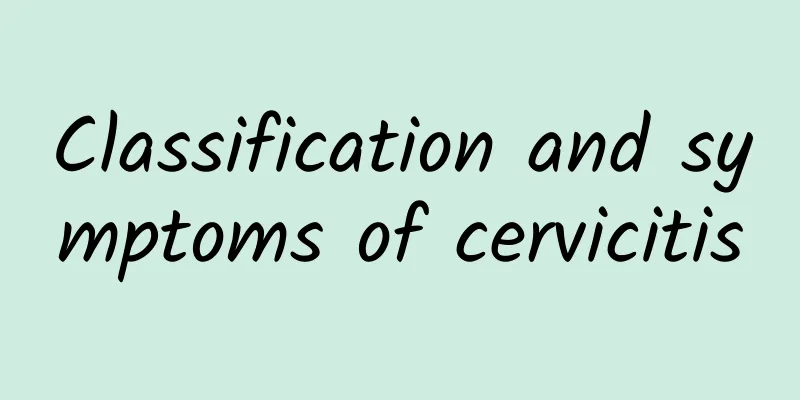Can I get pregnant with uterine fibroids? Is it dangerous?

|
Women with uterine fibroids can get pregnant in some cases, but there are certain risks, which depend on the location, size, number and development of the fibroids. Complications such as miscarriage, premature birth or placental abnormalities may occur during pregnancy, so close attention and management are required. The following is a detailed analysis of the reasons and suggestions. 1The impact of uterine fibroids on pregnancy Uterine fibroids can be divided into submucosal fibroids, subserosal fibroids and intramural fibroids according to their location. Submucosal fibroids have the greatest impact on pregnancy, changing the internal environment of the uterus, making it difficult for the fertilized egg to implant normally or increasing the chance of miscarriage. Intramural and subserosal fibroids depend more on the specific size and location - excessively large fibroids may compress the uterine cavity and affect fetal development. Fibroids may also cause abnormal uterine blood supply during pregnancy, leading to fetal intrauterine growth restriction. 2Possible dangers during pregnancy For patients who still have uterine fibroids after pregnancy, the following complications need to be vigilant: Risk of miscarriage: Fibroids cause endometrial abnormalities, making miscarriage more likely to occur in early pregnancy. Uterine rupture: Especially in patients with large submucosal fibroids, the uterine wall is too thin and prone to rupture. Premature birth: Poorly located fibroids may cause placental abruption, abnormal uterine contractions, etc., increasing the probability of premature birth. Abnormal fetal position or cesarean section: Compression by fibroids may cause malposition of the fetus or hinder normal delivery, increasing the chance of cesarean section. 3 Treatment recommendations and pregnancy management For patients who wish to become pregnant but have been diagnosed with uterine fibroids, an evaluation of the fibroids is generally required first. The following measures may be considered: Drug treatment: such as the gonadotropin-releasing hormone agonist GnRH-a, can shrink fibroids in the short term and create conditions for pregnancy, but it must be used under the guidance of a professional physician to avoid long-term side effects. Surgical treatment: Hysteroscopic resection is recommended for submucosal fibroids; laparoscopy or laparotomy can be used for intramural or larger subserosal fibroids, which helps reduce the risks of pregnancy. Pregnancy monitoring: Regular prenatal checkups are required during pregnancy to closely monitor fetal development and changes in fibroids. If any abnormalities are found, seek medical attention promptly. 4Lifestyle and diet adjustment Maintaining a healthy weight and a balanced diet are beneficial to uterine health. It is recommended to consume more high-fiber vegetables, fruits and low-fat foods; moderate supplementation of vitamin D and antioxidants may help inhibit the proliferation of fibroids. At the same time, avoid triggers of high estrogen levels, such as excessive intake of hormone-containing foods or abuse of health products. Whether patients with uterine fibroids can successfully become pregnant depends on the individual. A personalized diagnosis and treatment plan should be adopted according to the specific situation of the fibroids and close follow-up should be carried out. If you are planning to get pregnant or are already pregnant and have uterine fibroids, you should manage it scientifically under the guidance of a professional doctor to ensure the safety of mother and baby. |
>>: Irregular menstruation and still can't get pregnant
Recommend
What are the daily preventive measures for threatened abortion?
What are the daily preventive measures for threat...
Several effective ways to relieve dysmenorrhea
Dysmenorrhea during menstruation is a very troubl...
Fruits and vegetables are essential for the New Year's hot pot. Nutritionists teach you how to make high-fiber soup base to keep your intestines healthy and stay young.
It has become a social custom for every family to...
Chinese medicine wine is effective in treating dysmenorrhea
Traditional Chinese medicine often uses medicinal...
Under what circumstances should uterine fibroids be removed? Under what circumstances should uterine fibroids be removed?
Under what circumstances should uterine fibroids ...
How to effectively treat menstrual pain
How to effectively solve menstrual pain? Menstrua...
What factors in life can easily lead to dysmenorrhea?
Among the many gynecological diseases, dysmenorrh...
No NG if you are slim! TOP 10 Wrong Weight Loss Methods
"My belly is so big, my pants are getting ti...
"Sugar poisoning" causes fatigue and illness, the sugar-free ketogenic diet can save you! Japanese doctor: Master the 3 key tips of ketogenic diet to burn fat and fight aging
Unstable blood sugar is often the main cause of o...
Waking up from hunger in the middle of sleep, ruining your weight loss efforts? Don't try these five late-night foods
If you want to lose weight, it is very important ...
How to differentiate complete abortion
Many situations may lead to miscarriage, but misc...
How painful is semi-painless abortion?
How painful is semi-painless abortion? In fact, t...
How to Treat Ovarian Cysts
How are ovarian cysts treated? The first thing th...
3 steps to diagnose cervical erosion
Cervical erosion is a gynecological disease that ...
How many days of pregnancy is better for abortion
There is no best time to have an abortion. Unders...









